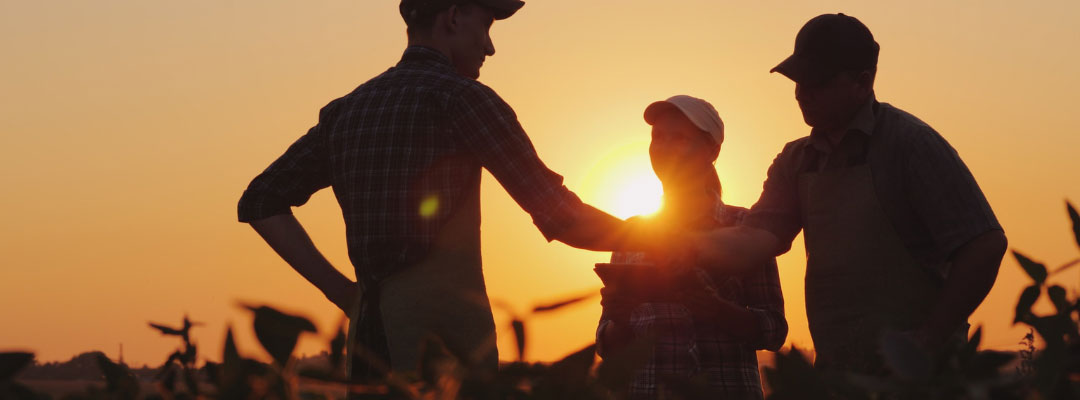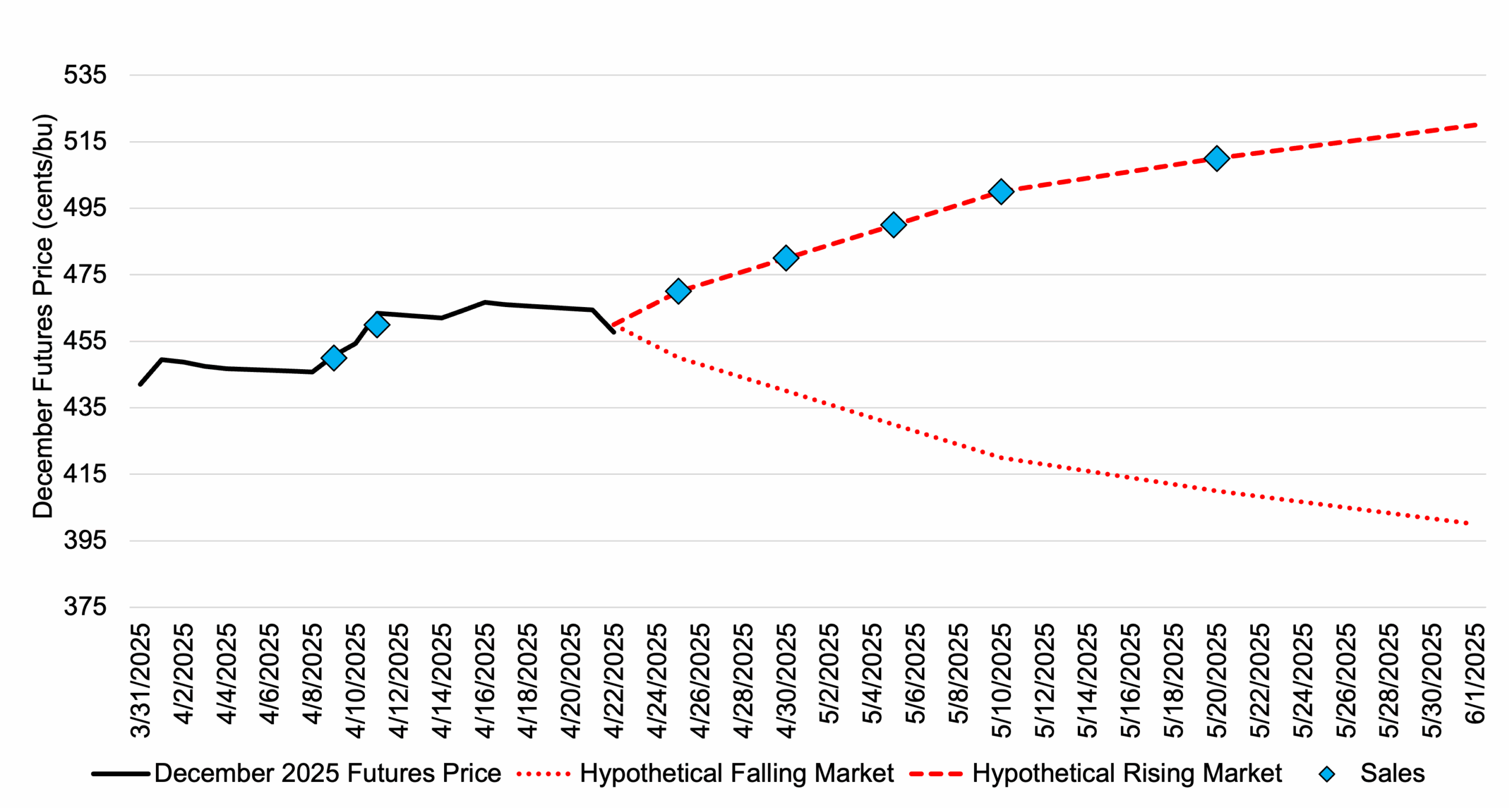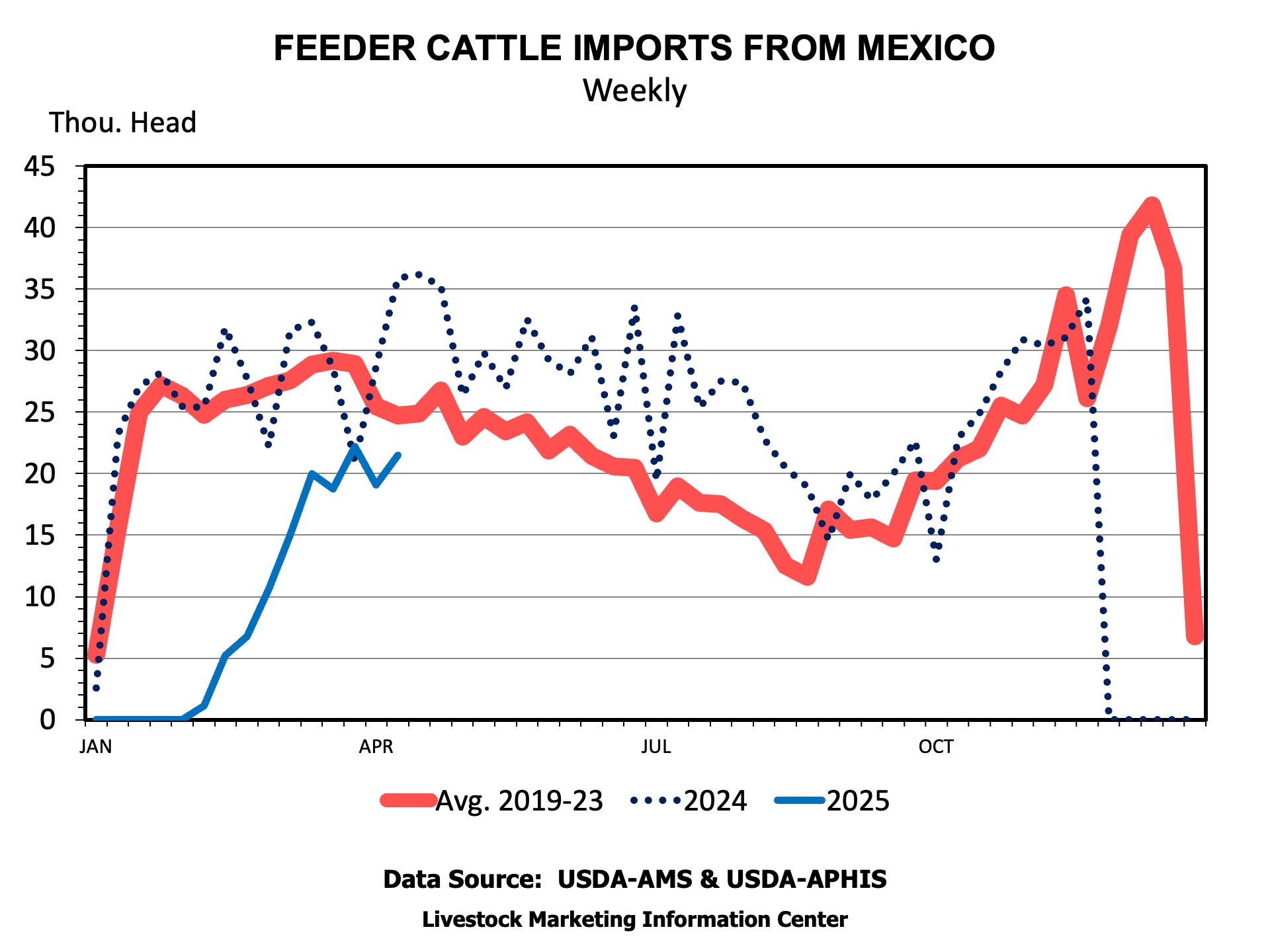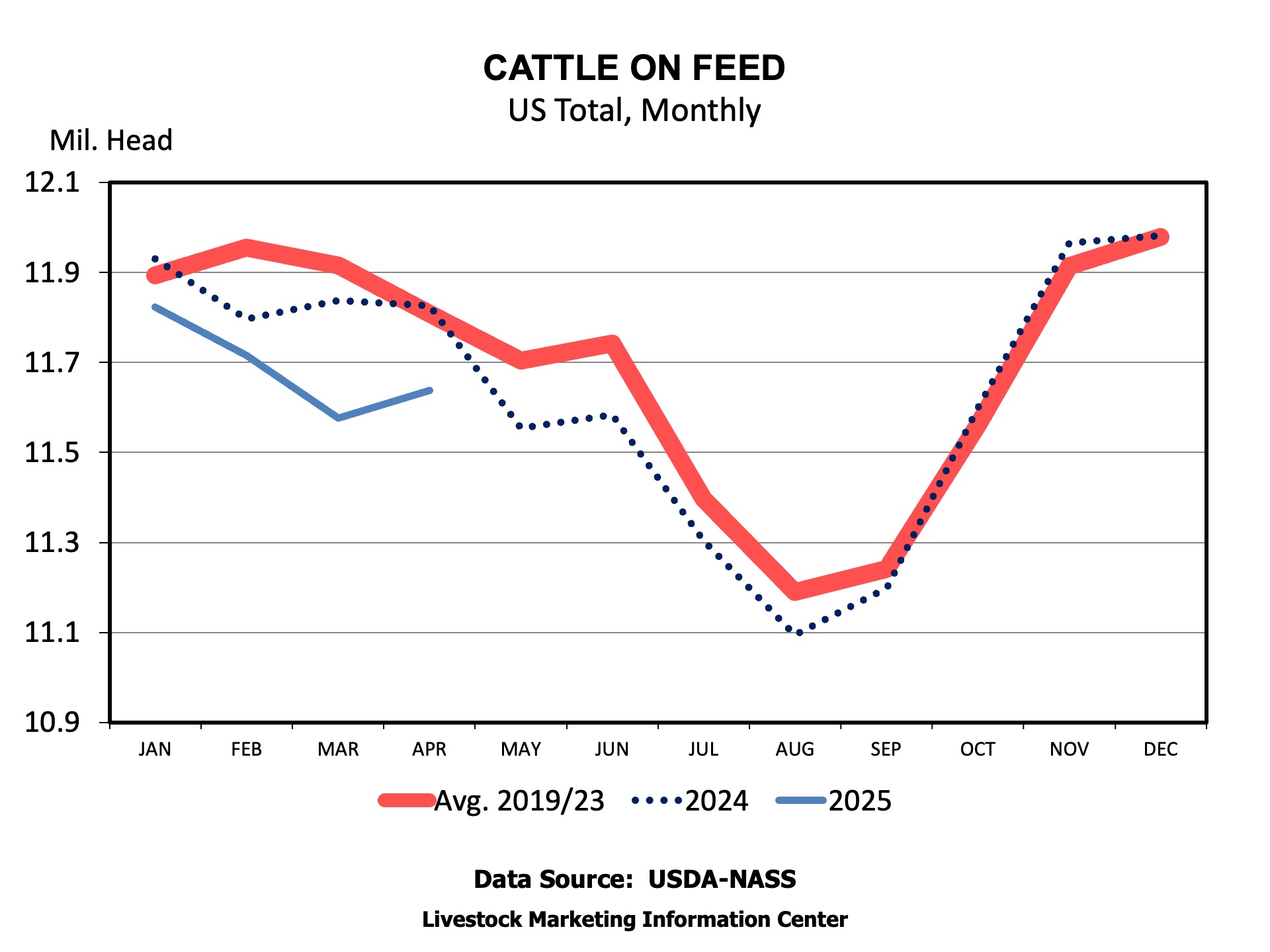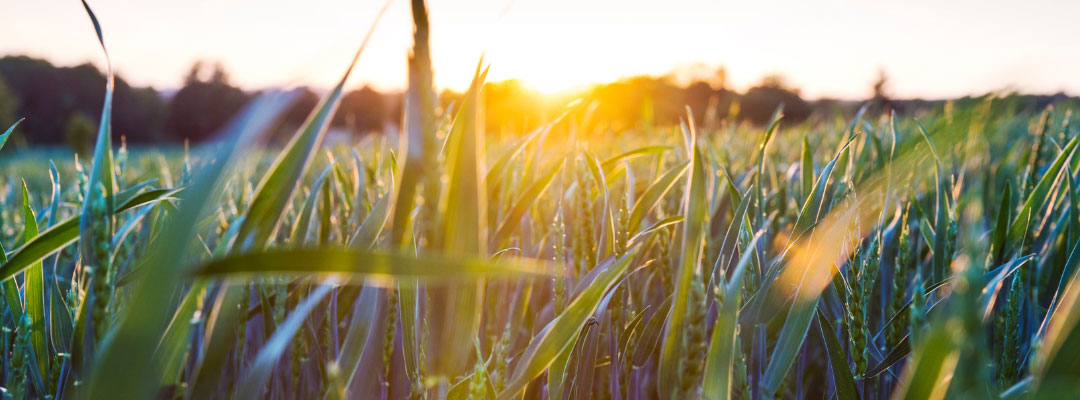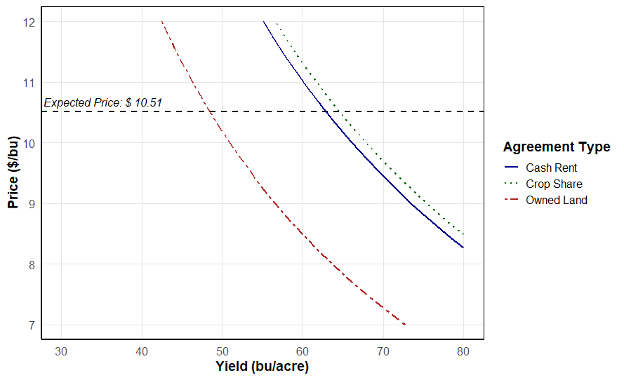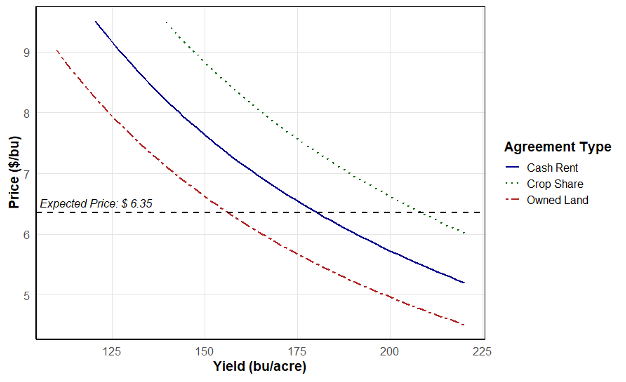Arguably, farmer-owned cooperatives are the lifeblood of agriculture in the United States. They help agricultural producers to overcome a lack of market power, guarantee access to markets and services, and improve overall financial well-being from ownership of the supply chain. As long as American agriculture is composed of a relatively large number of small producers of undifferentiated commodities, cooperatives will remain a needed part of the industry. But what, in turn, is the lifeblood of your local cooperative? Members!
A cooperative is a business that is owned and controlled by the people who use it. More than just customers, these members have responsibilities to their cooperative that relate to use, ownership and control, and finance. The success or failure of a cooperative hangs on proper attention to these responsibilities.
I. Use
Cooperative members have a responsibility to use their cooperative. Cooperatives strive for greater volume of business to help them achieve profitable economies of scale. A member’s use of their cooperative sounds like the easiest of responsibilities to fulfill. However, many cooperative owners have difficulty with this. I believe the problem is that they haven’t fully adopted the owner mentality. They see their relationship with their cooperative as just another customer opportunity, meaning that when short term price opportunities arise, they quickly abandon the business that they own in favor of a competitor. This then leads many cooperative managers to exclaim, “There is no member loyalty today”.
The lesson? Members need to remember that their ownership of the cooperative represents future profitability, more stable returns, access to needed markets and services, and general protection from powerful buyers and sellers that are not invested in their future. Cooperative managers must also learn – members have no incentive to be loyal if the only benefit you offer them is based on price. Successful cooperatives also pursue excellence in customer service and product quality and will continually educate members on the value of cooperation.
II. Ownership and Control
Cooperative members have a responsibility to exert the rights of ownership and control over their cooperative. Each member of the cooperative is an owner and should understand their cooperative in all aspects – its structure, bylaws, policies, operations, legal obligations, and financial status. Occasionally, I am approached by an individual with a great idea for a business and who thinks a cooperative business structure would be best. Most of those cases fail to progress when we discuss member-ownership and control.
Cooperatives are formed by members based on their needs. Members incorporate the business – not management. Members elect directors, define the mission of the cooperative and establish bylaws and policies. Although members hire a general manager to operate the business and manage employees, they are still involved in controlling the business by providing direction, serving on committees, expressing opinions, and voting on significant changes to the cooperative.
The most successful cooperatives educate members about operations and the ways that the cooperative engages in business. Boards of directors often take a tour of their cooperative’s operations and come away surprised at their increased knowledge that inspires better board decisions.
III. Finance
Cooperative members have a responsibility to finance the cooperative for the purpose of conducting operations. They are not responsible for financial returns. Profitability remains the responsibility of management. Members are responsible for ensuring the business has the necessary capital to form and operate the business. This is done initially through the purchase of a share of voting stock (which gives the rights of membership). One-time investments may also be used when forming the business or expanding into new services or product lines. Ultimately, the most important means for members to finance their cooperative takes us back to use, or patronage. The greater the patronage, the greater the cost efficiency of the cooperative. It should be noted that members are responsible in sharing losses just as they are in sharing earnings.
Members make the cooperative successful. Through use, ownership and control, and finance, members are the lifeblood of their local cooperative.
Park, John. “Members Are the Key to Cooperative Success.” Southern Ag Today 5(17.5). April 25, 2025. Permalink
